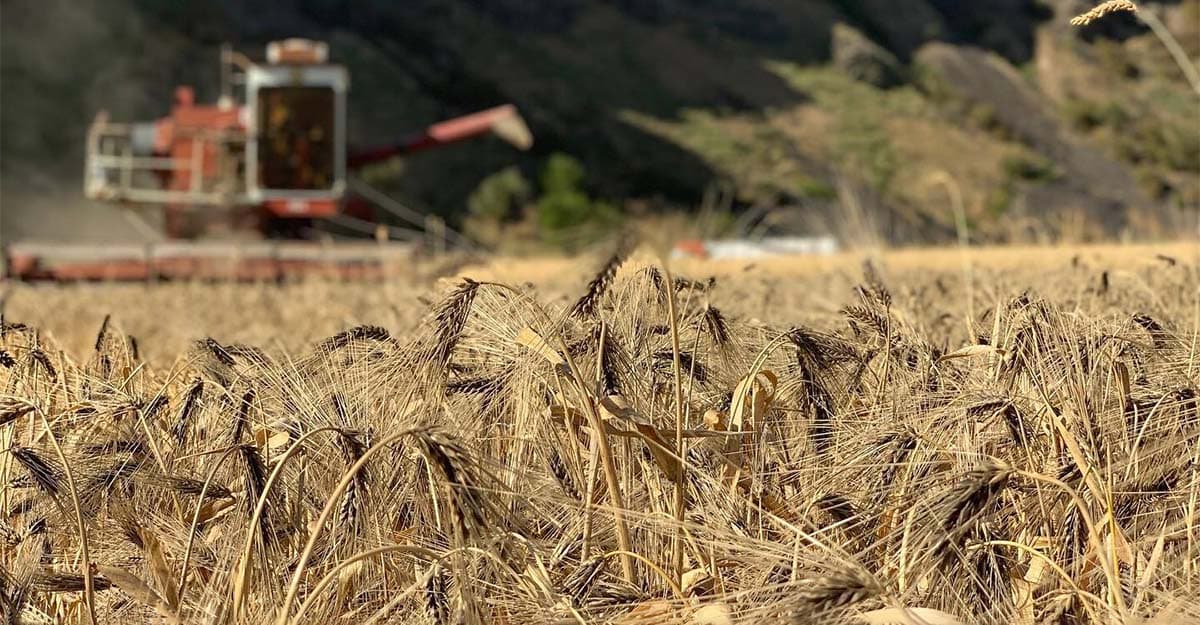
Old Malt, New Tricks: Adding Flavor and Interest with Heritage Varieties
ALL ACCESSSome brewers are turning to heritage barley varieties for malts that can add new character to their beers—and attract new fans.
Showing 361-380 of 827 articles

Some brewers are turning to heritage barley varieties for malts that can add new character to their beers—and attract new fans.

The Heidelberg-based maltster is inviting brewers around the world to brew an altbier with Bestmalz ingredients and enter their competition.
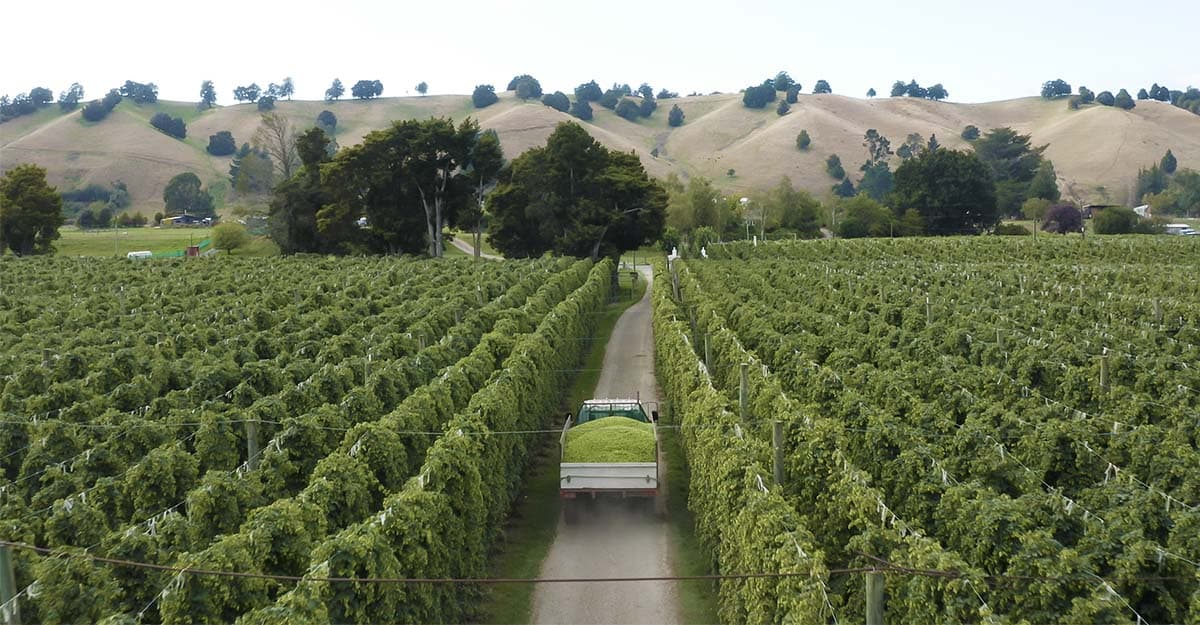
While hop harvest commences in the Southern Hemisphere, field work is already under way on many hop farms in the North. Here are some things that brewers should know about the season to come.
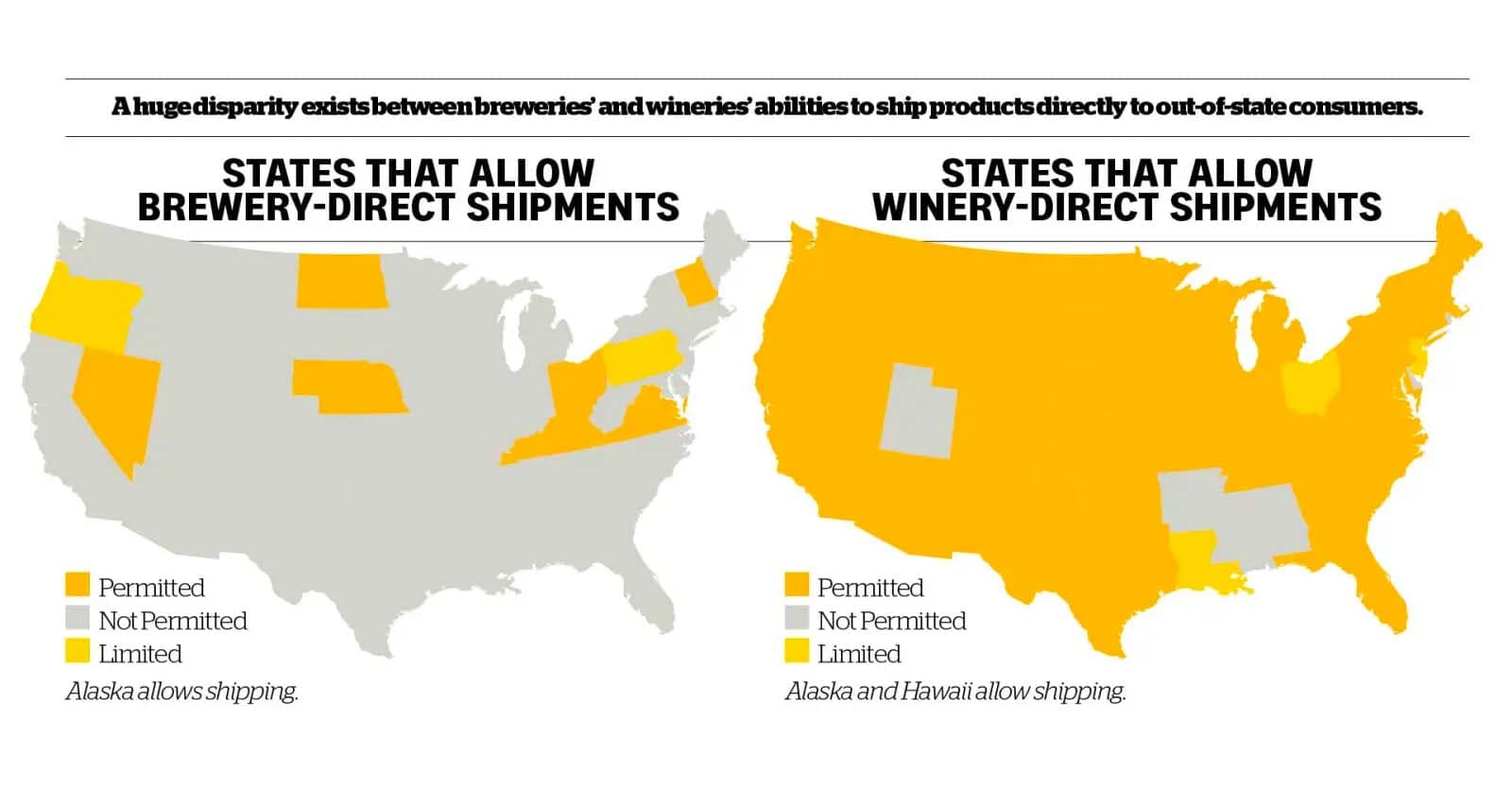
While the pandemic has led to a general loosening of restrictive Prohibition-era laws regarding beer for takeaway and delivery, there’s still plenty to do to liberalize the United States’ antiquated approach to alcohol regulation.

Online alcohol marketplaces such as Drizly and Instacart aren’t just for big beer. Here’s how craft suppliers can work with retailers to boost sales on these platforms.

North Carolina’s Fonta Flora Brewery now operates three taprooms and a farm, as the company learns how to bridge the gap not just between urban and rural, but also between idealism and reality.
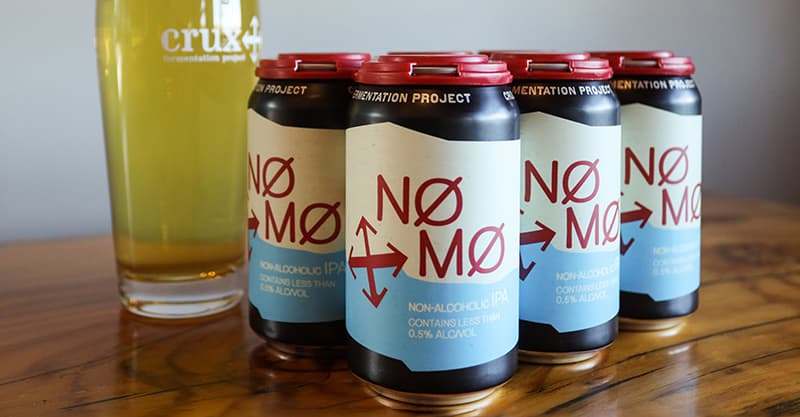
Expensive equipment and a steep technical learning curve make contract brewing nonalcoholic beers an attractive option for smaller breweries.

Brewers willing to try new things and push the boundaries of flavor helped to create a market that now evolves at breakneck pace—a market full of challenges and opportunity.
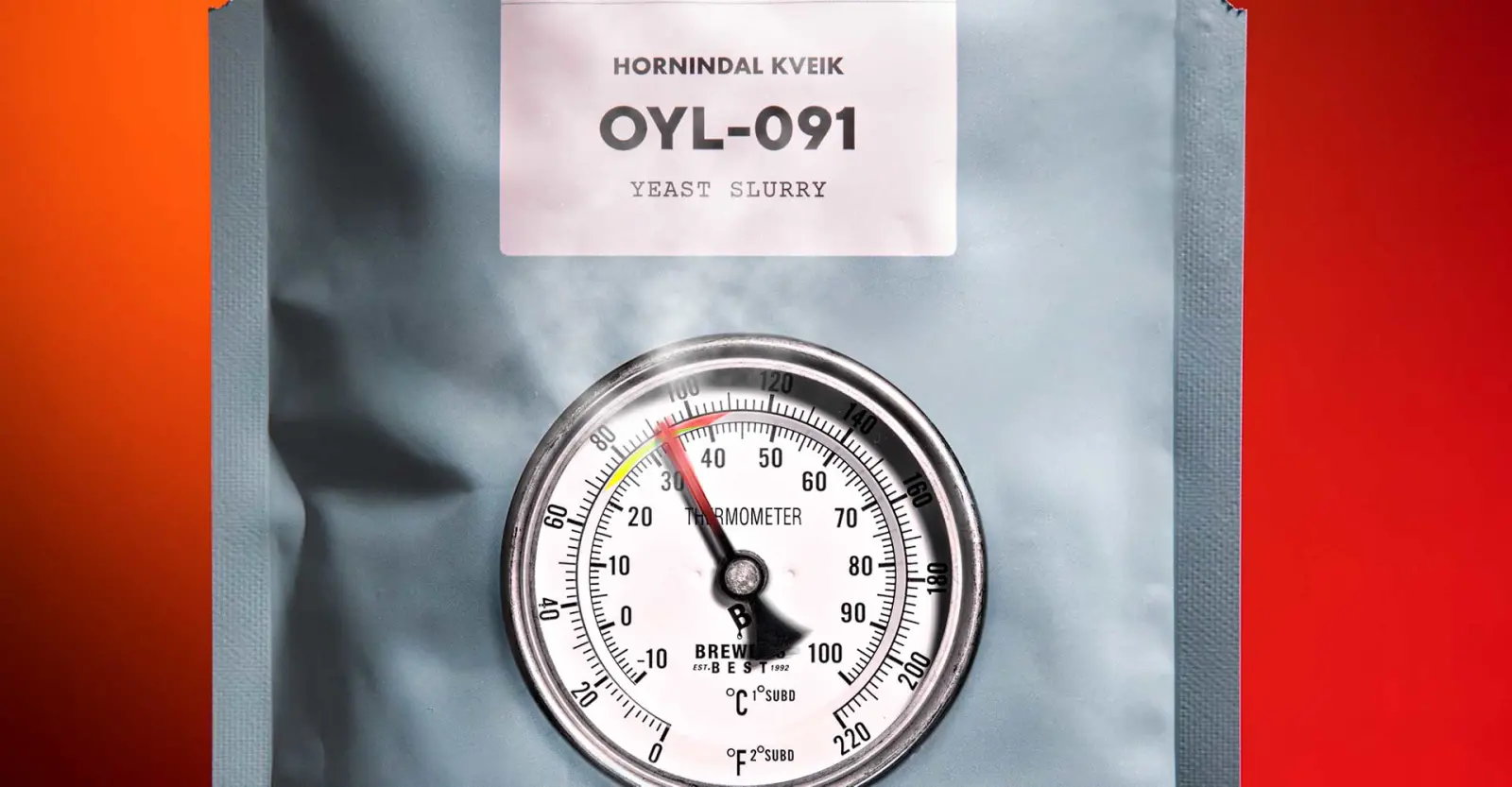
Yeast labs are enjoying sales success with clean kveik strains, since their ability to ferment lager-like beers in much less time has obvious appeal. Besides reduced costs and climate impact, they are potential game-changers for hotter climates worldwide.

It’s not all four-packs and boss pours. Glassware chosen to elevate particular kinds of beer—and to help you sell more of it—still has a valued place at the bar and taproom.
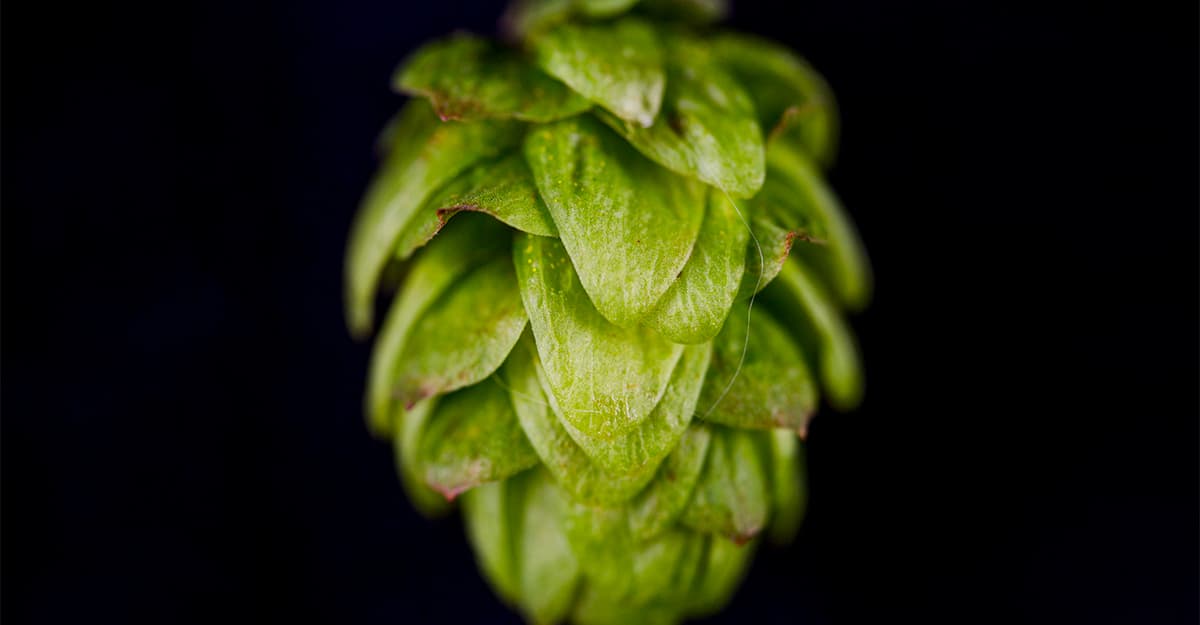
In this first installment of a series focusing on the long-term outlook for hops—and issues likely to affect brewers beyond 2022—Stan Hieronymus considers hop stunt viroid, as well as the future of the hop upon which American craft was built.

In Bellingham, Washington, the cozy Otherlands brewery-café offers a lesson in Old World–inspired hospitality—as well as the risks and potential rewards of sticking stubbornly to a vision for your business.
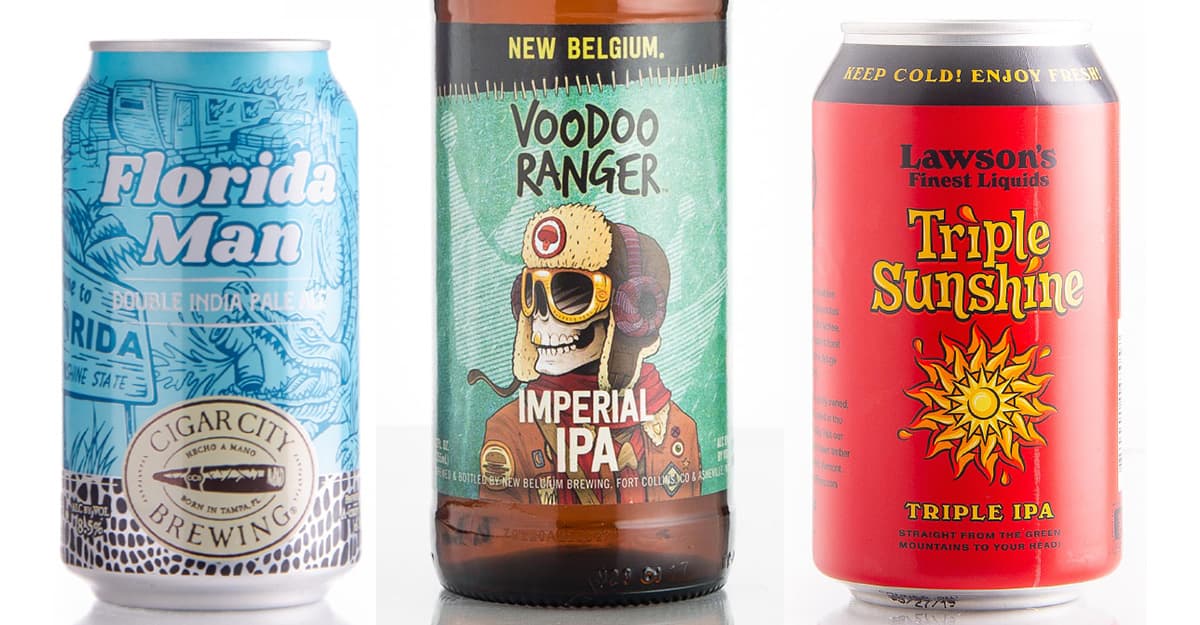
Sales of imperial IPAs are outpacing their standard-strength counterparts. Yet breweries need to find the right packaging mix, price point, recipe, and marketing to keep margins in line.
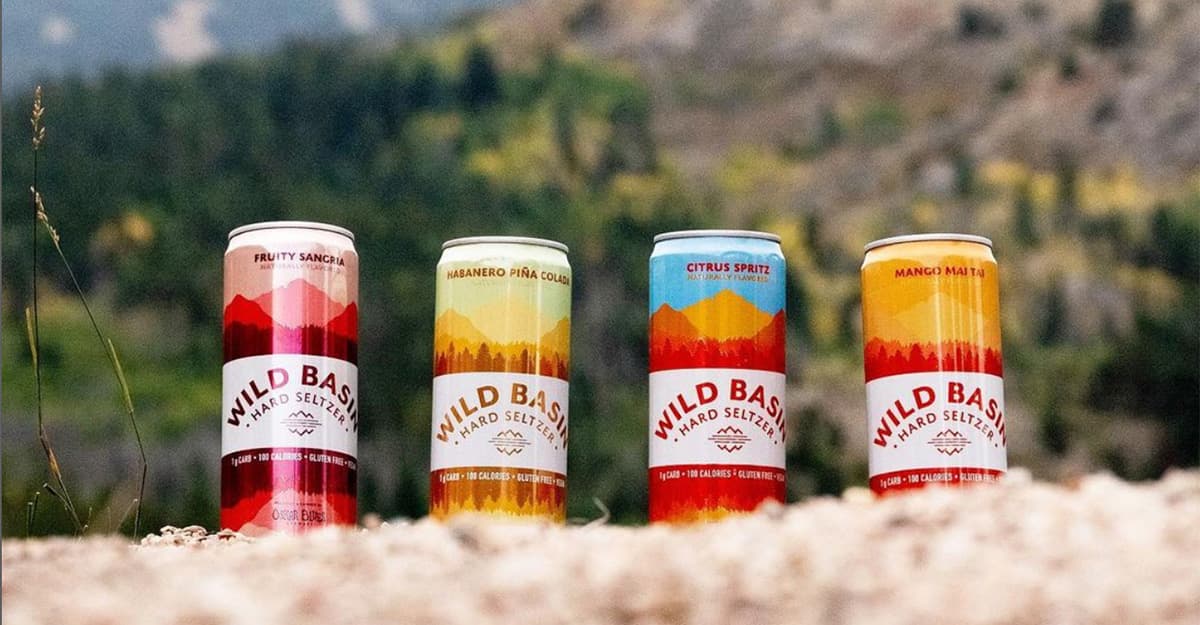
After the purchase by the energy drink maker, the collective that includes Cigar City and Oskar Blues still counts as “craft,” according to the Brewers Association.

Weather conditions in 2021 led to a challenging barley crop—the smallest in the US since 1934—leaving maltsters scrambling while prices climb. How significant was the decline? Here, we plot the past decade of U.S. barley harvests.
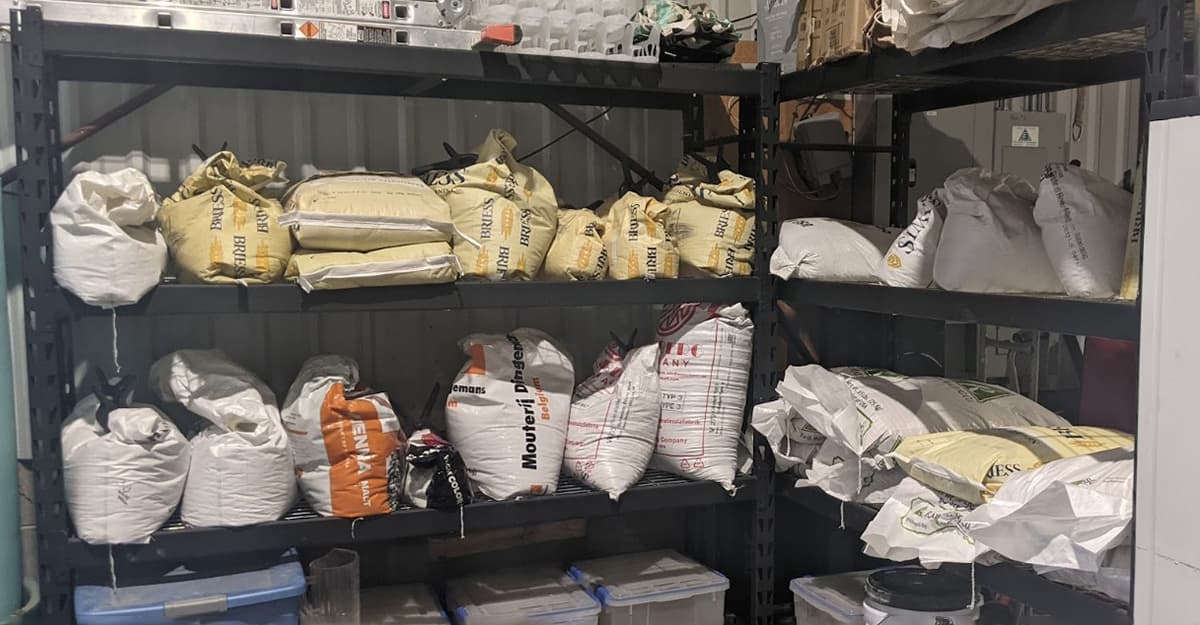
The enemies of fresh malt are many, and some have legs and multiply. The damage can be costly. Here are practical tips on keeping your grain high, dry, and free of critters.
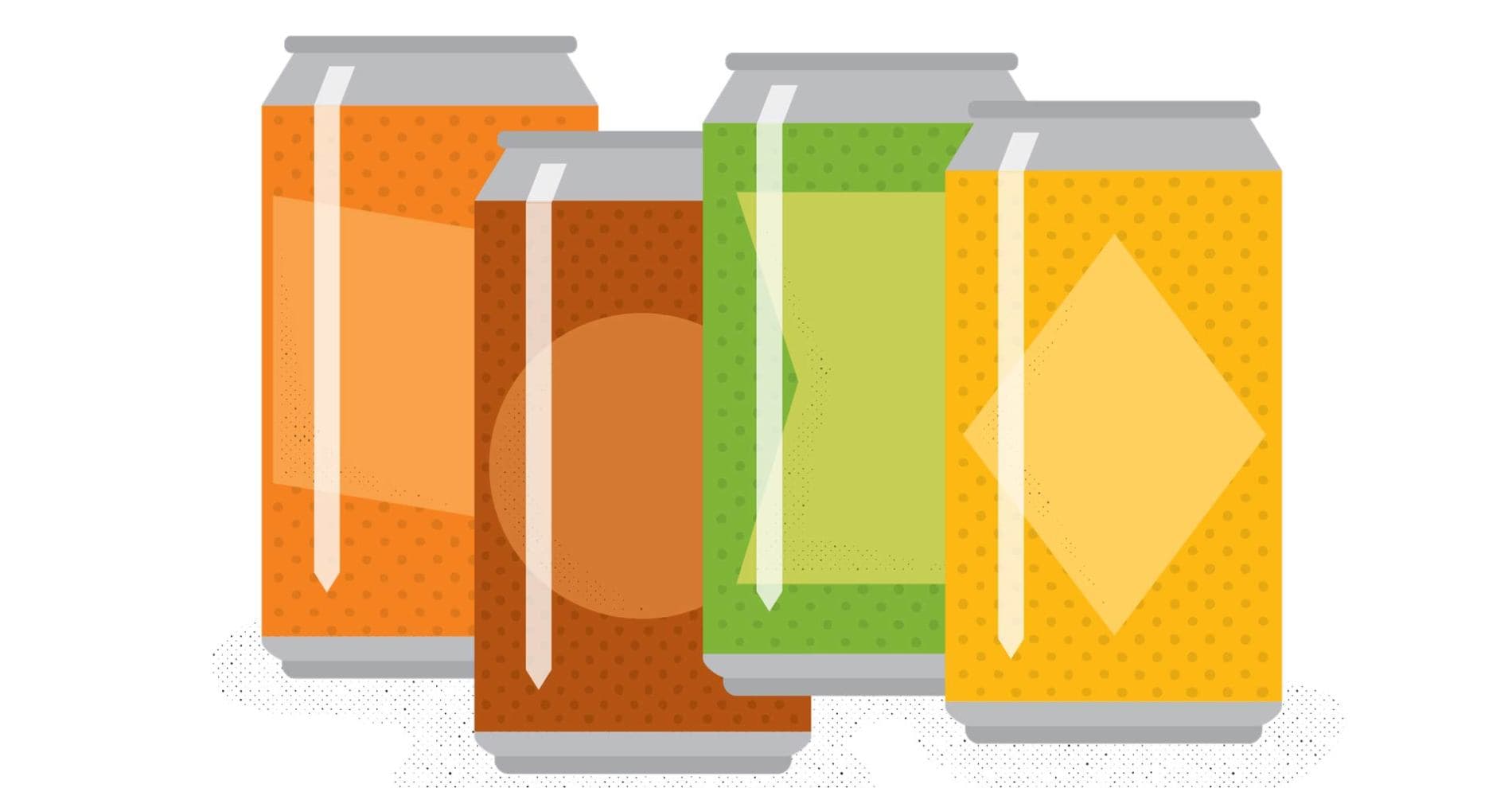
The aluminum can manufacturer has agreed to delay until March 1 policy changes that disproportionately affect smaller, independent breweries.
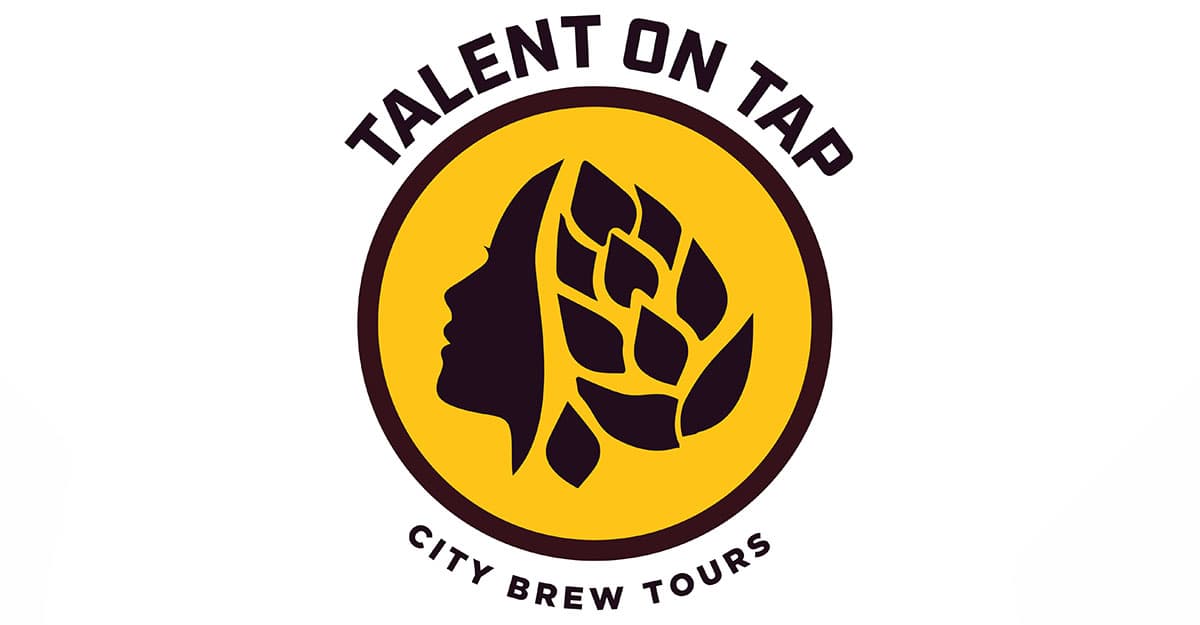
Organized by City Brew Tours, the scholarship supports women from diverse backgrounds who aim to make positive changes to the beer industry. The application deadline is February 1.
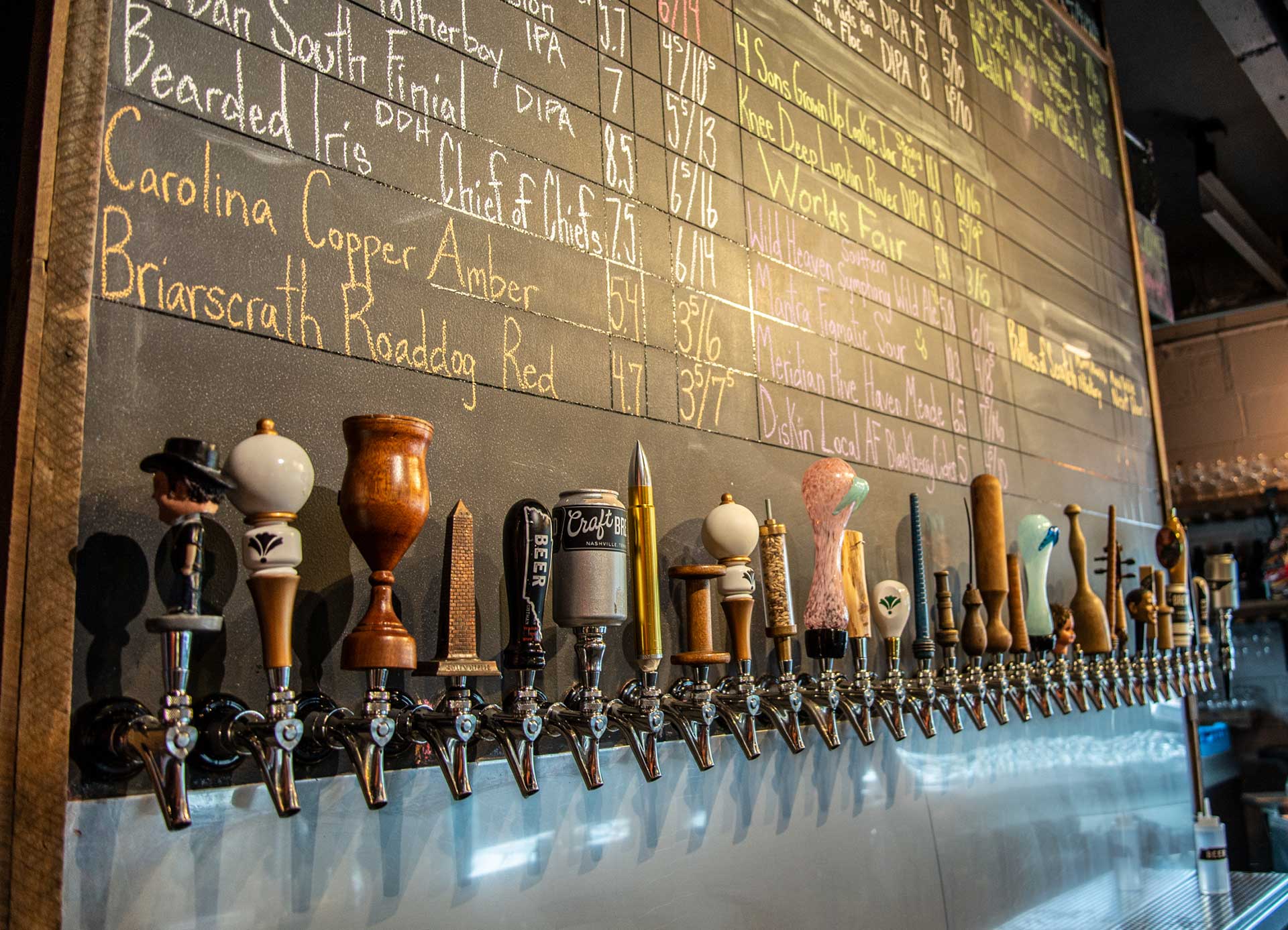
Given the ongoing uncertainty in on-premise hospitality, there are fewer taps flowing than there were two years ago. Yet those open draft lines represent opportunities for breweries willing to adjust and build relationships.

Environmental sustainability initiatives used to be novel, but now they are becoming the cost of doing business. What’s more, the next generation of beer drinkers is likely to demand more.